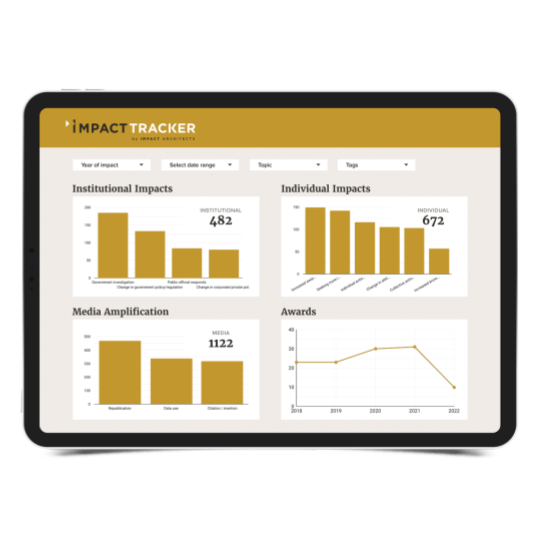LINA Executive Director Claire Stuchbery attended the 2024 LION Summit in Chicago, USA, and shared findings from the session ‘Making a Difference: Measuring and communicating the impact of strong local journalism’.
Subscribe to our newsletter to follow along with more updates.
For busy newsrooms trying to keep up with the constant demands of reporting the news cycle, tracking and communicating the value of this work can be difficult to prioritise. But measuring impact is highly beneficial to newsrooms for a number of reasons:

Panelists at the 2024 LION Summit, Chicago.
Driving donations and supporting grant applications:
Shane Pekny of Flatwater Free Press described how a common response to newsrooms’ requests for funding or donations is ‘Why would we give money to a website instead of an organisation that is actually doing something in our community?’. Being able to communicate impact builds narrative power and addresses this misconception that newsrooms are simply observing rather than having a tangible impact within their communities.
Attracting advertisers and partners:
Proving the impact that your newsroom is having is also critical to selling to advertisers. Advertisers care not only about the reach and engagement of your content, but also your organisation’s reputation and what that implies about their own business. Being able to prove that your newsroom is doing valuable work can get advertisers across the line, particularly for local businesses who also care about the communities in which they live and work.
“Impact hits you right in the mission… We have to be incredible at telling our own stories because the sustainability of the industry depends on it.”
— Lisa Heyamoto, American Journalism Project
Informing/improving content to create stronger impact:
Impact Producer at the Bureau of Investigative Journalism (TBIJ) Grace Murray told Impact Architects’ blog how not only is TBIJ’s impact tracking used to report on impact retrospectively, but it also enables them to “evaluate early on what change our stories could spark” and develop strategies to proactively facilitate impact.
“Our approach has yielded significant results,” Grace says.
“We’ve seen French police launch an investigation off the back of our reporting on Qatar’s hacking of the football World Cup, we were invited to bring migrant workers to the UK’s House of Lords to give evidence on their shocking working conditions, and witnessed fruit giant Del Monte overhaul its security systems after we revealed numerous allegations of violence and some connected to its security guards in Kenya.”
So, we know that tracking and reporting on impact is valuable to newsrooms, now…
Where to start:
Book in a free session to set-up your Impact Tracker dashboard (available to LINA members only). Rosemary D’Amour from Impact Architects will customise your dashboard and reporting process to make sure it suits the needs of your newsroom.

Get tracking!
- Grace’s tip to organisations looking to develop an impact tracker is that ‘‘the best is the enemy of the good’ — don’t get bogged down in overthinking every detail and just start tracking what you can. Focus in on one area to start with, then…
- Try answering the prompts: ‘Who are we accountable to?’ and ‘We will know we are making a difference when….’
- Consider the unit of change that will identify this. For example, would it be measured by people, policy, clicks, reach etc.
- Decide how to collect this data. You may already receive enough organic feedback on impact, but sometimes developing a survey can help collect impact. For example, Flatwater Free Press surveys readers with three priority questions and uses Truescope media monitoring to scrape the internet for other mentions. Find out more about using surveys to understand your audience.
Tips for keeping it up:
- Try to make a practice of logging impact immediately as it is received.
- One newsroom asks their team about one good thing that has happened in the last week during their weekly staff meeting, and found that often this can be logged as an impact.
- Start with a single topic… For example, Documented has made it a little competition to see which staff members can track the most instances of impact. They have set up wage theft tracker to hold businesses accountable for wage theft among immigrant communities and Santa Cruz Local used their election resources as a case study to demonstrate their impact.
- Some publishers have used plugins or automations such as Zapier to draw data into a spreadsheet to track impact.
Get in touch if you’re interested in finding out more about about impact tracking for newsrooms, or other resources LINA provides to support local and independent news.


